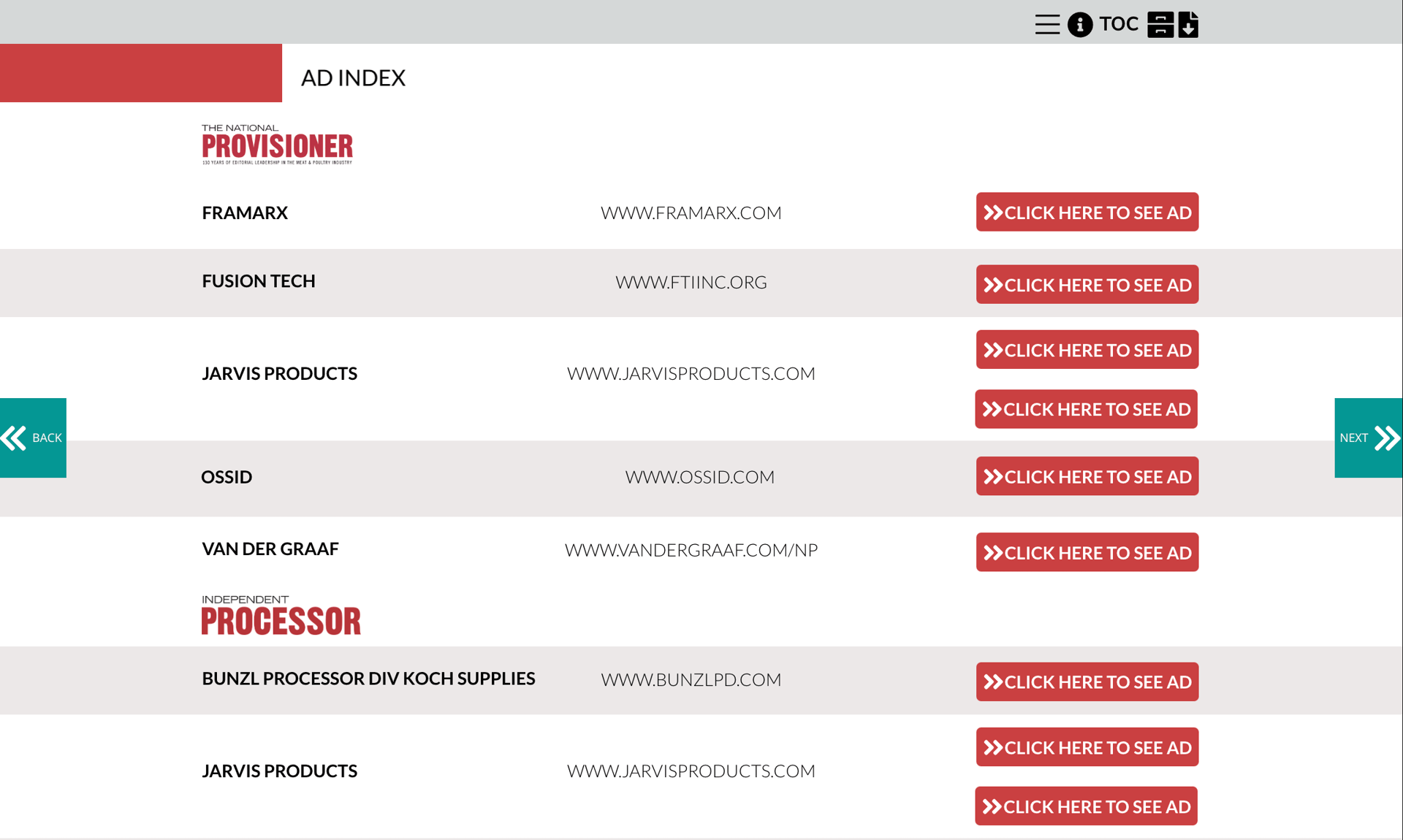
commentary
SMA
beef
with the 2025-30 Dietary Guidelines
Proposed guidelines emphasize reducing consumption of red and processed meats.
By Lacy Bates
Robert Kennedy Jr., secretary of Health and Human Services, and Brooke Rollins, secretary of Agriculture, have one of their first collaboration efforts before them -- The 2025-2030 Dietary Guidelines for Americans. The scientific report has surpassed the comment period and is currently before both secretaries.
The next step is for Kennedy and Rollins to review the report and determine if it will receive their blessing or be vetoed back to the advisory committee. With the concluded findings of the proposed guideline, the meat and poultry industry should be in favor of the latter. Now let’s dive into their findings.
The Scientific Report of the 2025 Dietary Guidelines Advisory Committee is proposing an “Eat Healthy Your Way” dietary pattern. A dietary pattern can be defined as the combination of food and beverages that constitutes an individual’s complete dietary intake over time. This may be a description of a customary way of eating or description of a combination of foods recommended for consumption.1
The “Eat Healthy Your Way” dietary pattern recommends:
- Emphasizing the intake of beans, peas and lentils, and reducing the intake of red and processed meats.
- Compelling evidence was noted in the systematic reviews in which dietary patterns that had higher levels of beans, peas, and lentils (often presented in the literature as “legumes”) were associated with beneficial health outcomes.2
- Moving beans, peas, and lentils from the Starchy Vegetable Food Group to the Protein Food Group and reorganizing the Protein Foods Group to prioritize plant-based proteins
- The Committee proposes reorganizing the order of the Protein Foods Subgroups to list Beans, Peas, and Lentils first, followed by Nuts, Seeds, and Soy Products, then Seafood, and finally Meats, Poultry, and Eggs. This reordering of Protein Foods emphasizes the health benefits of more plant-based Protein Foods. 2
- Removing the line for “Limits on Calories for Other Uses”
- The 2020 Healthy U.S. Style dietary pattern contains a line for “Limits on Calories for Other Uses” within the pattern to represent a quantitative estimate of calories remaining after all other foods in the pattern are consumed in their most nutrient-dense forms. Guidance in the Dietary Guidelines for Americans, 2020-2025 is that these calories can be used for added sugars, saturated fat, and/or alcohol, or to eat more than the recommended amount of food in a food group. Given inherent variability in energy content of nutrient-dense foods and beverages, depending on the individual item selected, an estimate of remaining energy (i.e., as calories for other uses) may be misleading in that calories for other uses may not actually be available because calorie needs may already be fulfilled. Therefore, the Committee recommends removing the line and portrayal of “Limits on Calories for Other Uses” from the pattern. 2
- Limiting foods and beverages higher in added sugars, saturated fat, and sodium
- The Committee’s findings reinforce the recommendations in the current 2020-2025 Dietary Guidelines to limit total saturated fat intake to less than 10 percent of calories per day starting at age 2 by replacing it with unsaturated fat, particularly polyunsaturated fats. Evidence indicates that when reducing butter, processed and unprocessed red meat, and dairy, substitution or replacement with a wide range of plant-based food sources, including plant-based protein foods (e.g., beans, peas, and lentils), whole grains, vegetables, or monounsaturated fatty acid (MUFA)- and PUFA-rich vegetable oils and spreads, is associated with cardiovascular disease risk reduction. 2
What impacts could the Trump Administration have on the 2025-2023 Dietary Guidelines?
For starters, this is a great opportunity for the Kennedy and Rollins to make a tremendous impact on nutrition policy. Kennedy has been very vocal about his viewpoint on seed oils, food dyes and ultra-processed foods (which has yet to be defined). Both secretaries have shown continued support to the meat and poultry industry.
The 2025 guidelines are expected to be released at the conclusion of 2025. Kennedy and Rollins both have power with a red pen to begin marking up the proposed guidelines. Which is what the meat and poultry industry can hope for. Until we begin to push back as an industry that is known for the most wholesome, beneficial, and easy-accessible protein in the world, we will continue to see a push for more plant-based foods and plant-based diets.
The Dietary Guidelines for Americans was first published in 1980. Ever since then the guidelines have been reviewed and updated every five years by an advisory committee. The advisory committee for the 2025-30 Dietary Guideline was selected by the Biden Administration.
Kenney and Rollins, the meat and poultry industry is counting on you! Make the Center of the Plate Great Again! Let’s put beef, pork and poultry back at the center of the plates of every American, not beans, peas and lentils.
Resources
All images credit: Getty Images / fcafotodigital / Getty Images Plus

